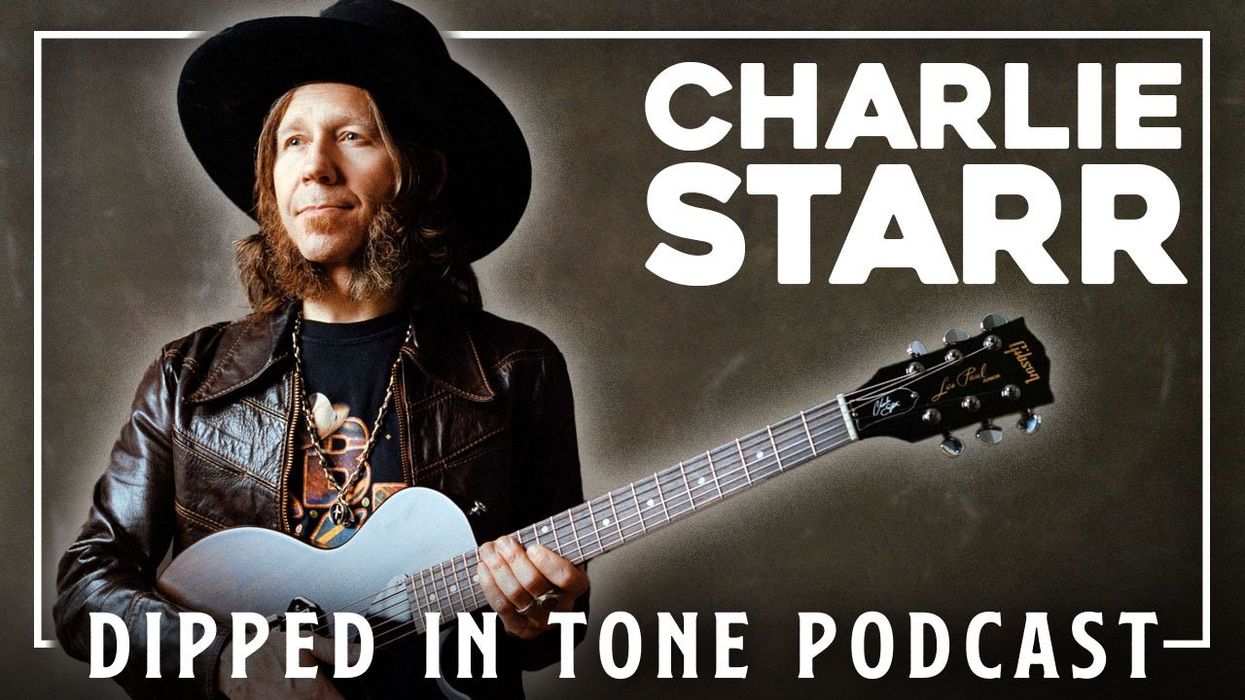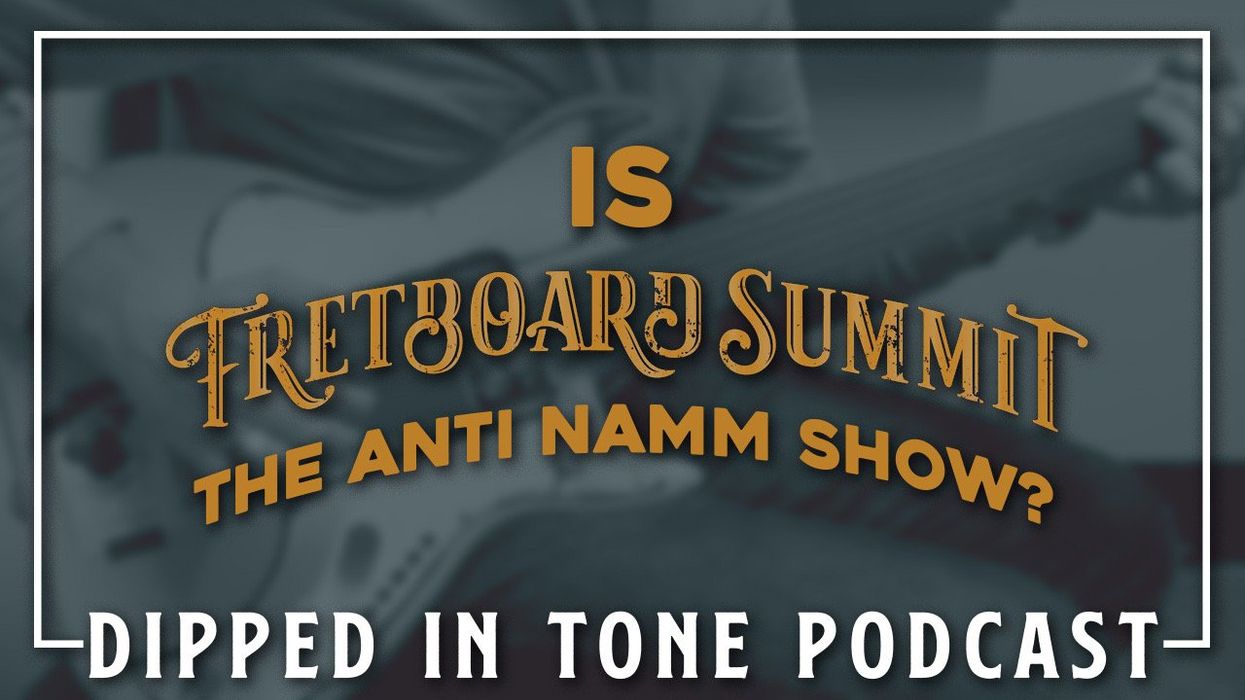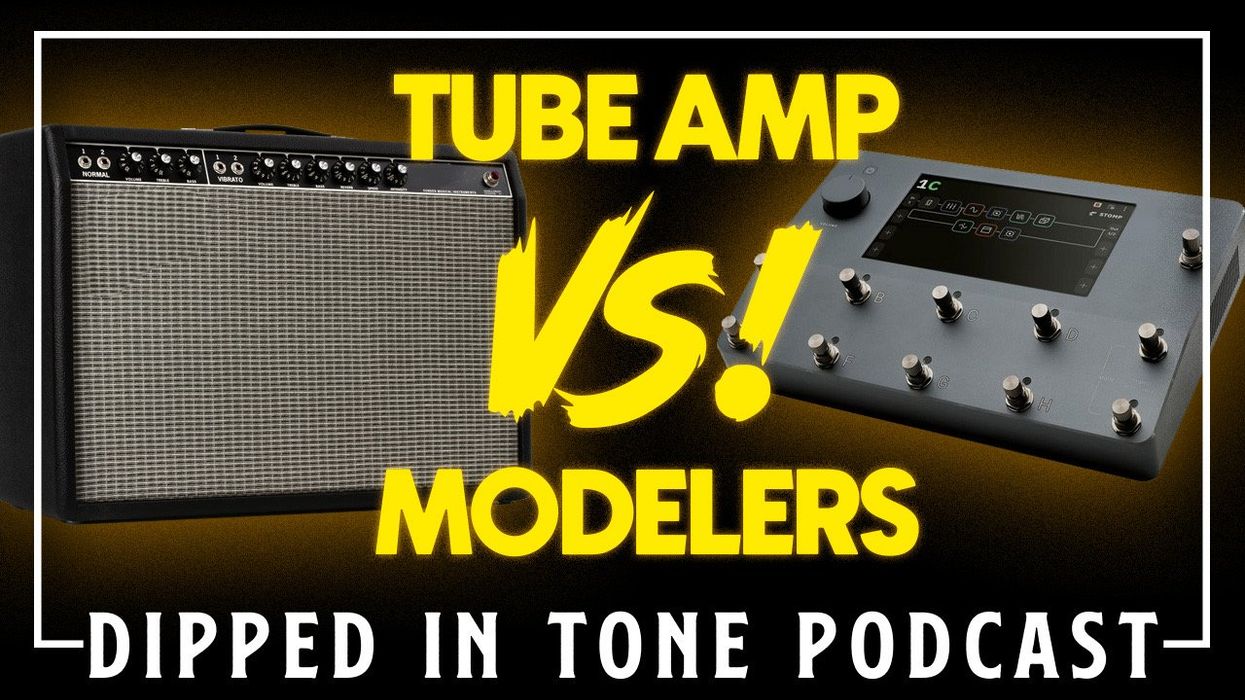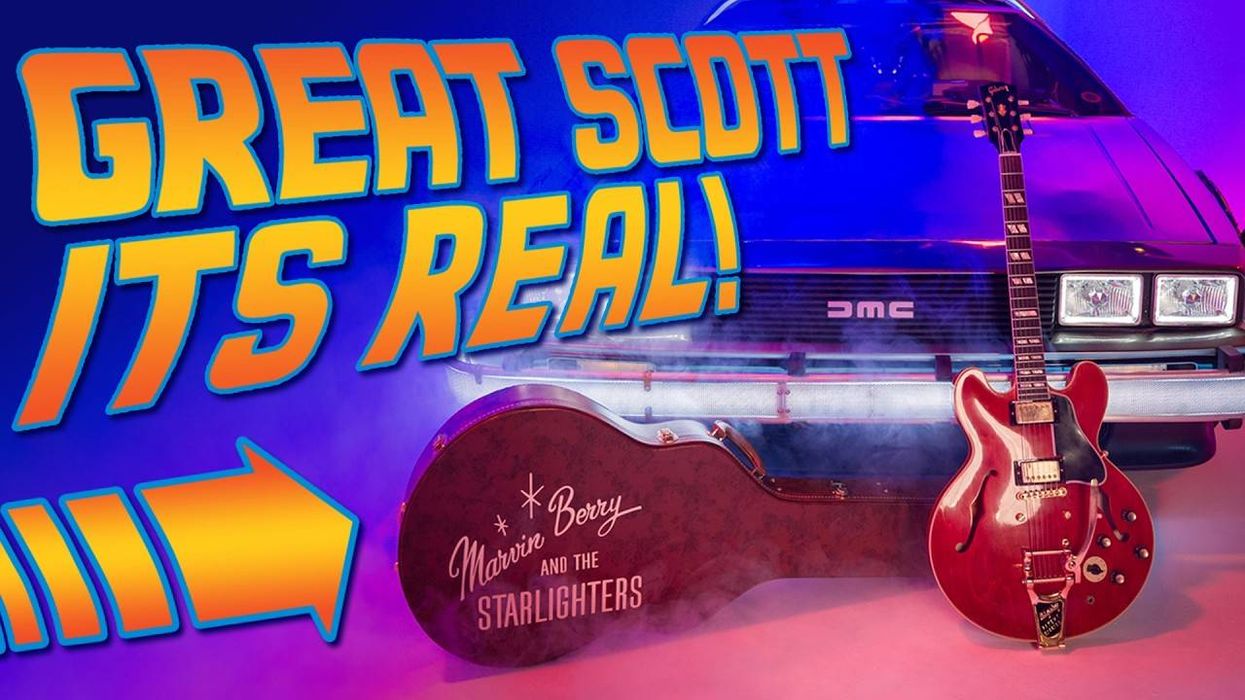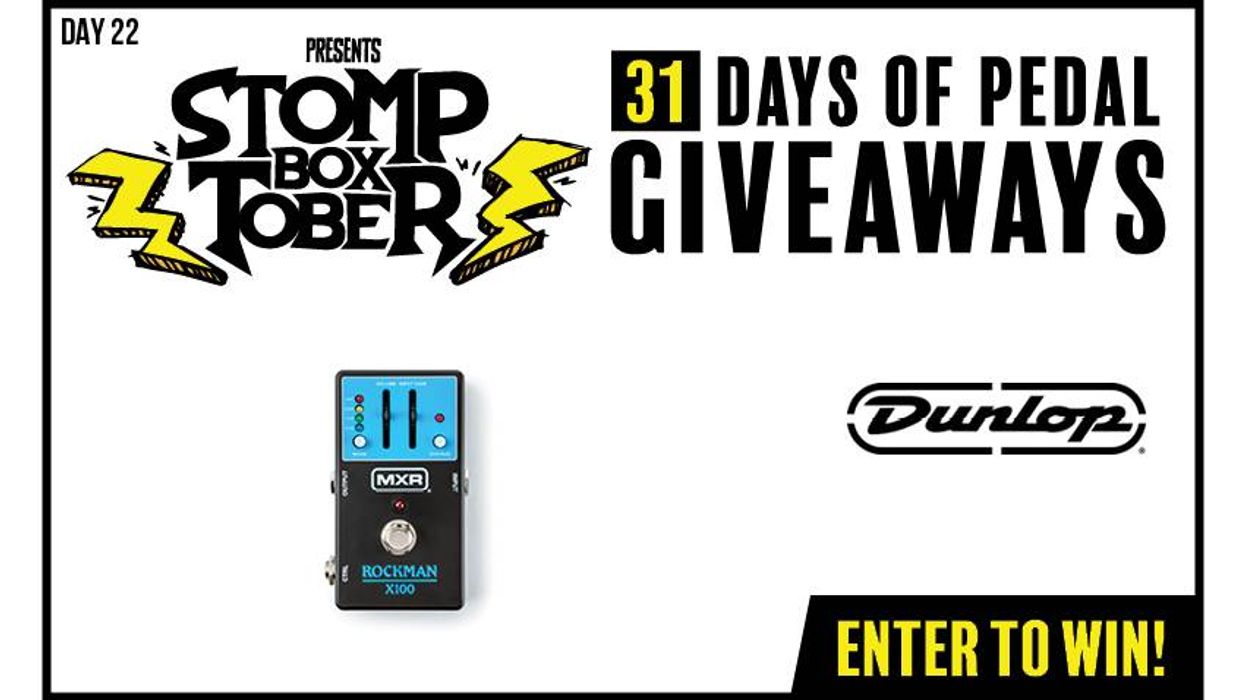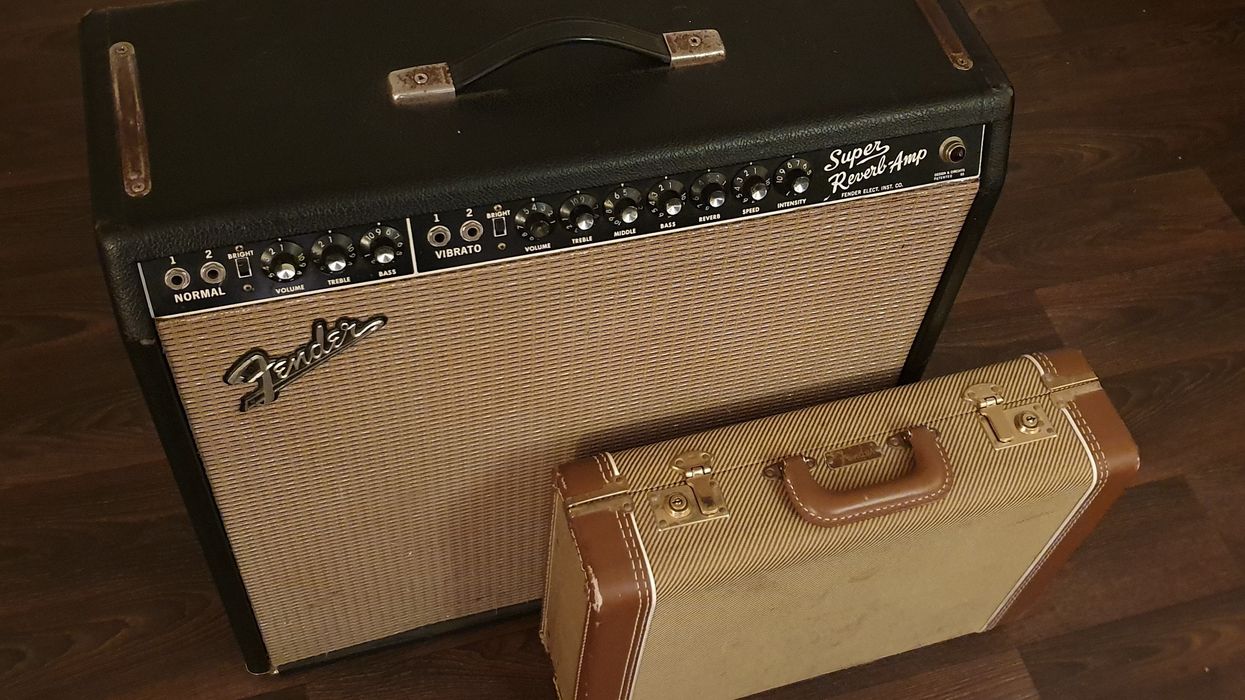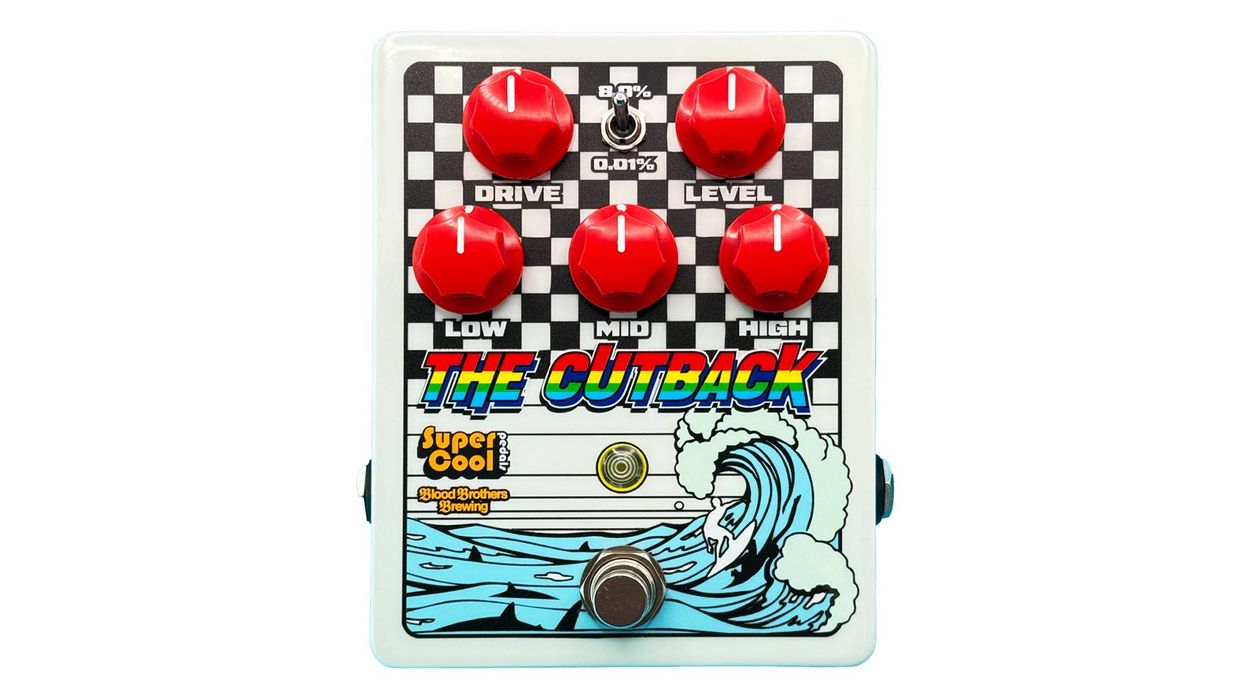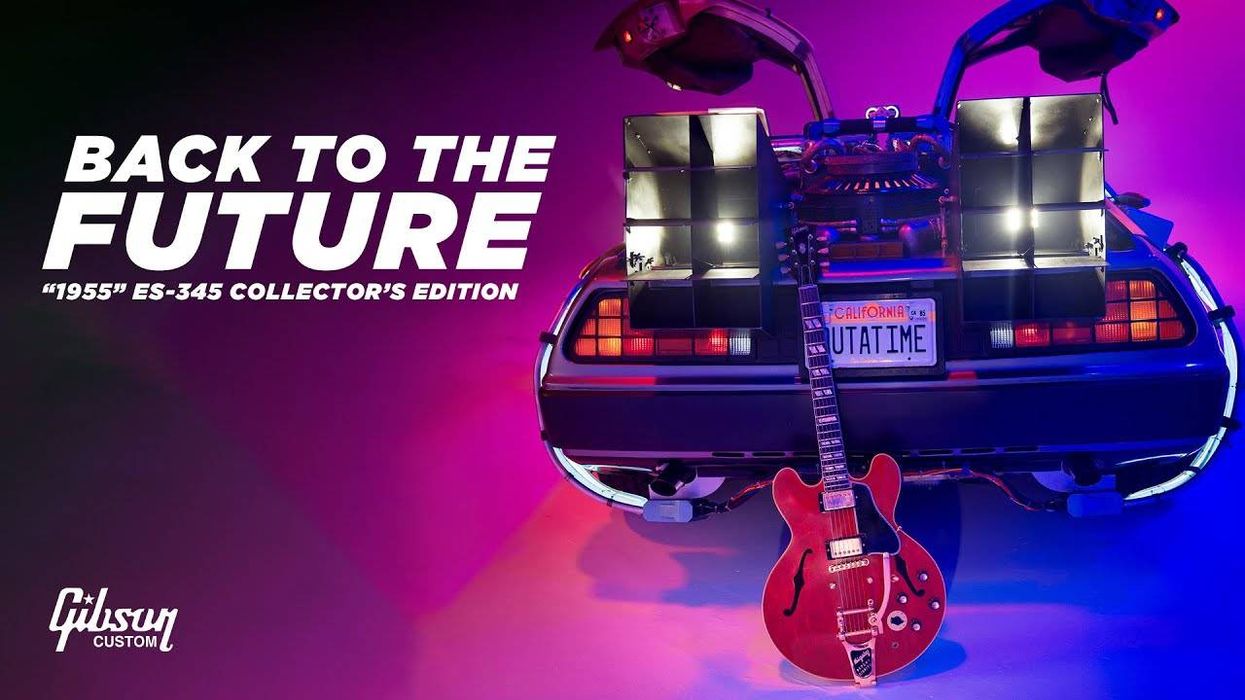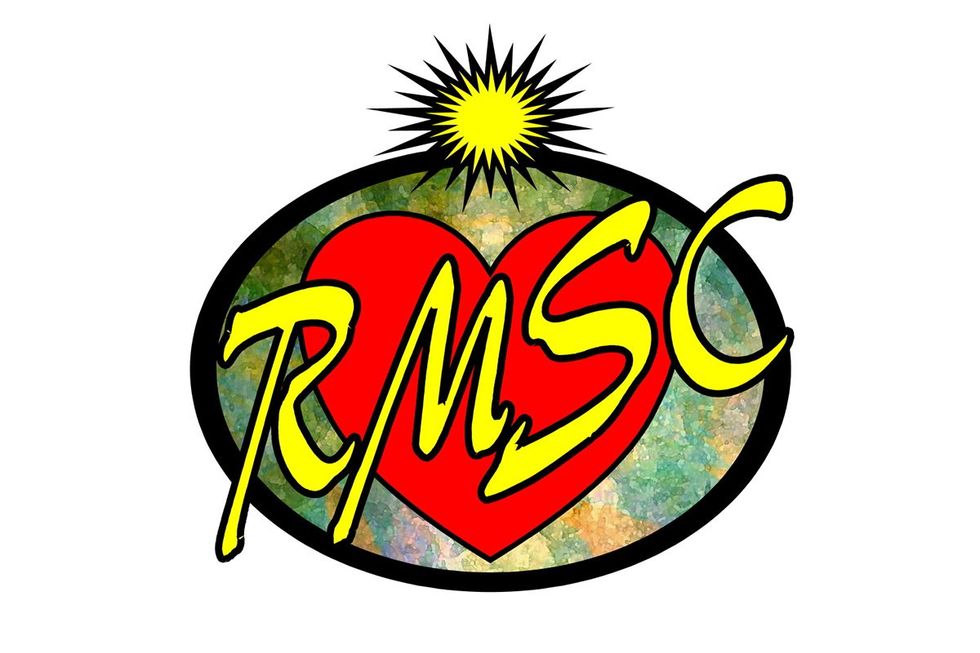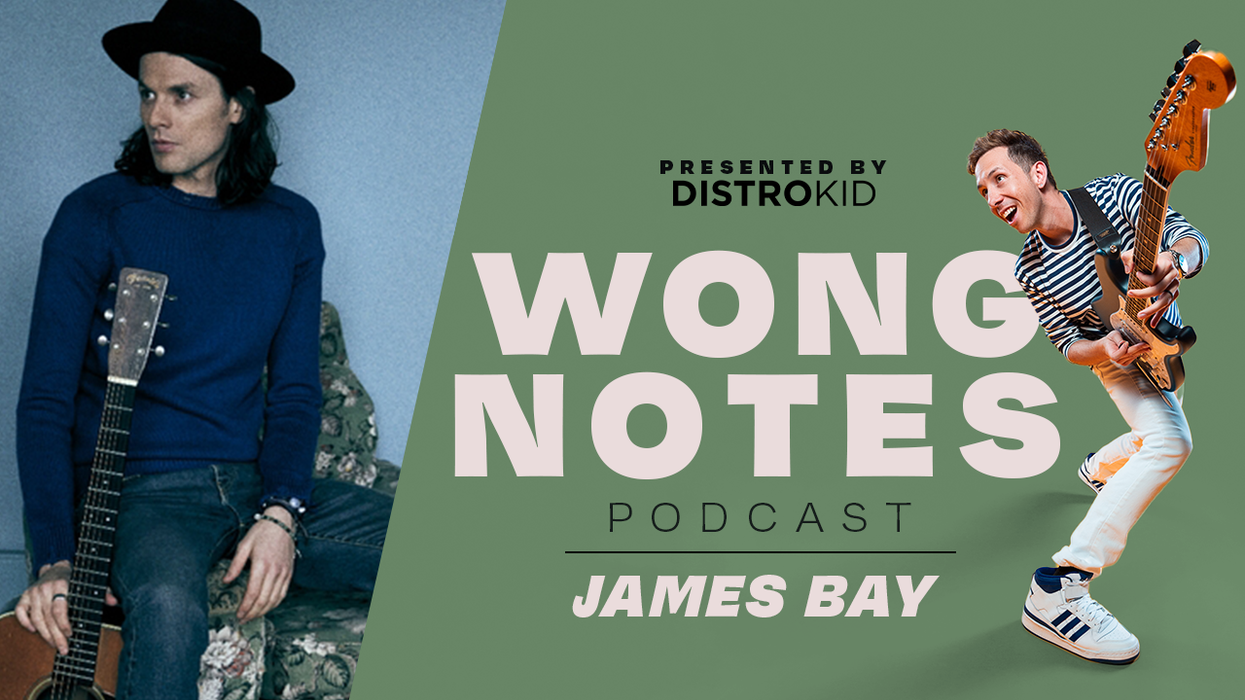Hosts and musicians Sean Watkins and Peter Harper kick off this podcast series by writing a new tune with Vulfpeck multi-instrumentalist Theo Katzman.
While plenty of songwriters are happy to give a post-mortem review of how they write a song, the actual process happens behind closed doors. What goes through their heads while they decide on a specific word choice? Who hasn’t wished to be a fly on the wall while professional musicians hack together the pieces that make our favorite songs?
That’s the experience of Before Your Very Ears, a new podcast hosted by guitarists Sean Watkins and Peter Harper. On each episode, Watkins and Harper are joined by a different guest musician, and together, the three of them have one goal before the mics stop rolling: They have to write an original song. Before Your Very Ears is a fun, insightful exploration of the mysterious, ever-elusive “Songwriting Process,” and a real-time demonstration of the twists and turns that result in the music we love.
This debut episode features Vulfpeck founder and guitarist Theo Katzman. The trio starts with a gentle acoustic idea, envisioned as a sleepy-time lullaby. But as each player introduces their perspective on the concept, it soon turns into a profound, heart-felt meditation on death and grief, and what it means to lose someone.
Step right up, and witness the creative brain in motion Before Your Very Ears!




